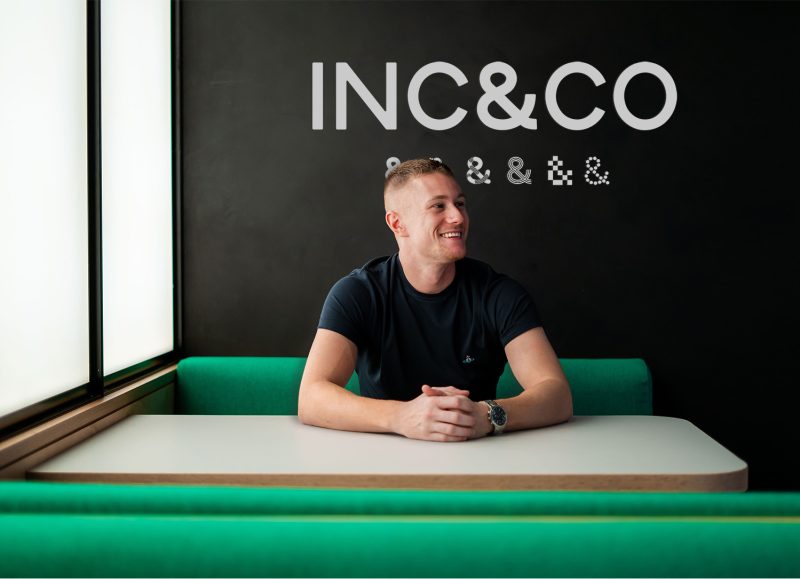Last Updated on: 16th April 2024, 10:43 am
The complexity and scale of acquisitions can mean that as much as we want them to succeed, several barriers can prevent this, and ultimately, acquisitions can and do fail. Sadly, it’s a part of business and not one that everyone likes speaking about. When an acquisition fails, parties should go away and understand what the barriers were and look to correct them for the next time.
While some acquisitions go well, such as Barclay’s acquisition of Tesco’s banking business, some don’t make it past the gate and can even be held up by a trade or commerce commission, which is quite common in the UK, New Zealand and the U.S.A, where these government arms aim to protect consumers from shady acquisitions. The Business Desk recently reported on an investigation into the acquisition plans of two companies in the tech space, where the eventual sale could potentially harm the consumer. A verdict has yet to be reached by the Commerce Commission, but it could take years as these investigations are long and complex.
Here are a few acquisitions that have faced significant challenges and ultimately failed, providing valuable lessons on navigating this risky business terrain.
Adobe’s Attempt to Acquire Figma
In what was shaping up to be one of the most significant deals in the design and software industry, Adobe’s intended acquisition of Figma for approximately $20 billion faced a regulatory and competitive backlash.
Concerns centred around the potential stifling of competition in the UI/UX design market, as Figma had been a significant player offering innovative, cloud-based alternatives to Adobe’s existing software suite. The acquisition was officially called off in December 2023, with Adobe paying a termination fee, highlighting the impact of regulatory interventions on such deals. The failure is a stark reminder of the importance of assessing and preparing for the regulatory environments of both companies involved in a merger or acquisition.
Kraft’s Acquisition of Cadbury
In 2010, the American food giant Kraft acquired British confectioner Cadbury for £11.5 billion. The deal was contentious from the start, with significant opposition from Cadbury shareholders and the British public. Loyal customers even attempted to wind up the brand by creating a petition to ‘bring back the old Cadburys’.
Post-acquisition, Kraft faced criticism for its handling of Cadbury, particularly after reneging on a promise to keep open a key Cadbury factory in Somerdale, leading to the loss of several hundred jobs.
This move damaged Kraft’s reputation in the UK and highlighted the cultural and operational misalignments between the two companies. The acquisition serves as a caution on the importance of maintaining trust and integrity, especially in cross-border deals where cultural sensitivity is paramount.
Microsoft and Nokia: A Struggle to Compete in the Mobile Market
In 2013, Microsoft acquired Nokia’s devices and services business for over $7 billion, aiming to propel its software alongside Nokia’s hardware. The acquisition intended to combine Microsoft’s Windows Phone software with Nokia’s mobile-making expertise to mount a more formidable challenge to Apple’s iOS and Google’s Android smartphone platforms.
However, the strategy failed to take off as expected. By 2015, Microsoft had written off $7.6 billion related to the Nokia acquisition and announced substantial job cuts. This acquisition is a classic example of how differing corporate cultures and visions can misalign, emphasising the need for a clear, shared strategic vision post-acquisition.
The brand was later sold to former Nokia executives, but a key lesson here is that you should always look after your loyal staff, many of whom stayed to weather the storm. Michel Taylor, now CPO Data Officer, joined the firm in 1995 and is still there today.
We spoke to Inc & Co’s Group CEO Jack Mason for his insight: “At Inc & Co, our business model centres on acquiring businesses, so we’ve learnt a thing or two about how these can go. Most of the time, we speak to businesses who have faced struggles either financially or operationally, and as much as we would love to save them all, sometimes things don’t align, and it just isn’t possible.
As a result, we’ve definitely learned some lessons, and now our approach is very much different to how it was when we first began, almost 5 years ago.”
Lessons Learned and Moving Forward
There are more than likely hundreds of other examples of when acquisitions go wrong, with these being just a few. In many cases, there will be a handful of failed takeovers happening each day without our knowledge, caused by the struggles some businesses have found themselves in.
These examples highlight that while acquisitions can offer paths to growth and expansion, they come with substantial risks that can lead to significant losses, both financially and in terms of market reputation. Key lessons include the necessity of thorough regulatory and competitive analysis, the alignment of corporate cultures and strategies, and rigorous due diligence. Understanding and learning from past acquisition failures is crucial for future strategy development, ensuring better preparedness and resilience in future transactions.







